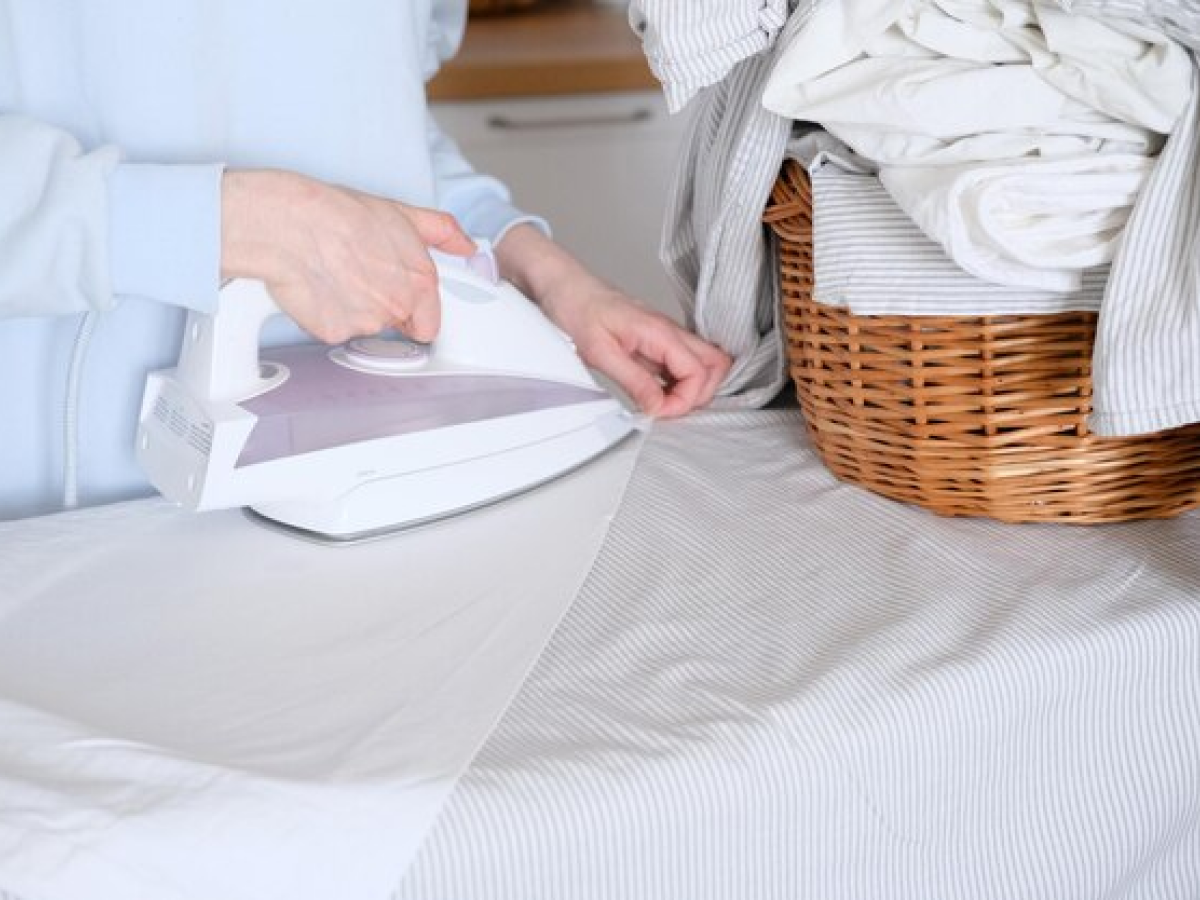Delicate fabrics, such as silk, lace, and wool, require special care when it comes to laundry. Mishandling them can lead to shrinkage, fading, or fabric damage. To ensure that your delicate items stay in good condition and last longer, it’s important to follow proper washing techniques and handle them with care. Here’s a guide on how to effectively manage delicate fabrics in your laundry.
1. Know Your Fabrics
The first step in handling delicate fabrics is identifying what type of material you are working with. Fabrics like silk, lace, chiffon, wool, and satin are commonly labeled as delicate and often have specific washing requirements.
- Silk: This luxurious fabric is prone to water spotting and can lose its luster if not handled carefully.
- Lace: A delicate, open-weave fabric that can easily snag or tear.
- Wool: A natural fiber that can shrink or become misshapen if exposed to heat or agitation.
- Chiffon and Satin: Lightweight and smooth fabrics that can be damaged by rough handling or high heat.
Check the care labels on your garments to determine the best washing method for each fabric type.
2. Hand Wash When Possible
Hand washing is the gentlest method of cleaning delicate fabrics. It minimizes friction and avoids the harsh effects of machine washing.
- Steps for Hand Washing:
- Fill a basin with lukewarm water and add a small amount of mild detergent or a detergent specifically designed for delicate fabrics.
- Submerge the garment in the water and gently swish it around. Avoid scrubbing or wringing the fabric.
- After a few minutes, drain the soapy water and refill the basin with clean water to rinse the garment.
- Gently press out the excess water—do not wring or twist the fabric.
- Lay the garment flat on a clean towel and roll the towel to absorb more water, then lay the garment flat to air dry.
Hand washing is particularly useful for silk, lace, and wool, as these fabrics can be easily damaged by machine washing.
3. Use a Gentle Cycle in the Washing Machine
If hand washing isn’t an option, you can use the washing machine, but make sure to select the right settings.
- Steps for Machine Washing:
- Use the delicate or gentle cycle, which minimizes agitation.
- Use cold water to prevent shrinking or damage to the fibers.
- Place the delicate items in a mesh laundry bag to protect them from tangling or being stretched out by the machine’s agitator.
- Use a mild, gentle detergent that is designed for delicate fabrics.
This method is suitable for items like wool sweaters and delicate blouses, but it is always best to check the care label to ensure machine washing is appropriate.
4. Avoid High Heat When Drying
High heat can be damaging to delicate fabrics, leading to shrinkage, distortion, or weakening of the fibers.
- Air Dry: The safest method is air drying. Lay the garment flat on a clean, dry towel and reshape it as it dries to prevent stretching.
- Low-Heat Drying: If you need to use a dryer, select the lowest heat setting and remove the item while it is still slightly damp. Hang or lay it flat to finish drying.
Never tumble dry delicate fabrics on high heat, as this can cause irreversible damage.
5. Use Steam for Wrinkles
Delicate fabrics can easily wrinkle, but using a hot iron can damage them.
- Steam Instead of Ironing: Use a handheld steamer or the steam setting on your iron. Hold the steamer a few inches away from the fabric and move it slowly over the garment. This helps remove wrinkles without direct contact with the fabric.
- Low-Heat Ironing: If you need to iron, use the lowest heat setting, and always place a pressing cloth between the iron and the fabric to prevent scorching.
Conclusion
Handling delicate fabrics in your laundry requires attention to detail and gentle care. By following these tips, you can extend the life of your delicate garments and keep them looking as good as new. Whether you choose to hand wash or use a gentle machine cycle, always remember to avoid high heat and harsh agitation, and treat your delicate fabrics with care.



